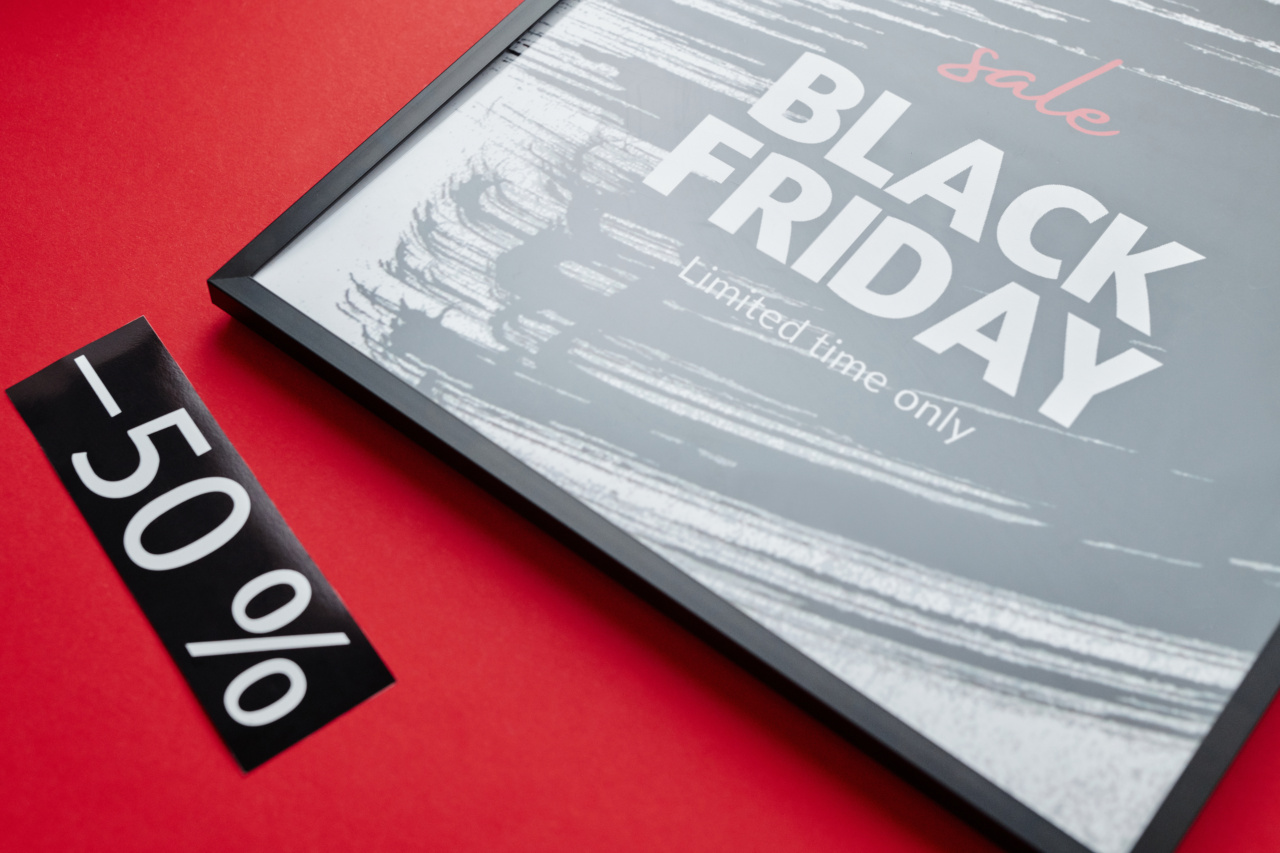Cholecystitis is a condition that affects the gallbladder. It involves inflammation of the gallbladder, usually caused by gallstones. This condition can be painful, and symptoms can occur after meals.
The time frame for post-meal discomfort with cholecystitis is an important consideration for those who suffer from this condition. This article will explain the time frame for post-meal discomfort with cholecystitis.
What is Cholecystitis?
Cholecystitis is a condition that affects the gallbladder. The gallbladder is a small, pear-shaped organ that sits just below the liver. It stores and releases bile, which is a fluid that helps with the digestion of fats.
Cholecystitis occurs when the bile ducts leading to the gallbladder become blocked, usually by gallstones. These gallstones can cause inflammation and infection in the gallbladder. Cholecystitis is a painful condition that can cause a variety of symptoms.
Symptoms of Cholecystitis
The symptoms of cholecystitis can include the following:.
- Pain in the upper right abdomen
- Nausea or vomiting
- Fever or chills
- Jaundice (yellowing of the skin or eyes)
- Bloating or gas
Post-Meal Discomfort with Cholecystitis
Many people with cholecystitis experience symptoms after eating a meal. The time frame for post-meal discomfort with cholecystitis can vary depending on several factors.
These factors include the severity of the condition, the type of food eaten, and the size of the meal.
In general, people with cholecystitis may experience discomfort within 30 minutes to several hours after eating. This discomfort can include pain or cramping in the upper right abdomen, nausea or vomiting, and bloating or gas.
The severity of these symptoms can also vary depending on the individual.
Factors That Affect Post-Meal Discomfort with Cholecystitis
Several factors can affect the time frame for post-meal discomfort with cholecystitis. These factors include the following:.
- The severity of the condition: People with mild cholecystitis may experience symptoms for a shorter period of time after eating, while those with more severe cases may experience symptoms for longer periods of time.
- The type of food eaten: Some types of food, such as high-fat foods, can trigger symptoms more quickly than others.
- The size of the meal: Larger meals may cause symptoms to appear more quickly than smaller meals.
- Other health conditions: People with other health conditions, such as diabetes or inflammatory bowel disease, may be more likely to experience post-meal discomfort with cholecystitis.
Diagnosing Cholecystitis
Diagnosing cholecystitis typically involves a physical examination, medical history, and diagnostic tests. These tests can include:.
- Blood tests to check for signs of infection or inflammation
- An ultrasound or other imaging tests to look for gallstones or other abnormalities in the gallbladder
- A CT scan or MRI to get a more detailed image of the gallbladder and surrounding structures
- A HIDA scan to check how well the gallbladder is functioning
Treating Cholecystitis
Treatment for cholecystitis can vary depending on the severity of the condition. Mild cases may be treated with rest, pain relievers, and a low-fat diet.
More severe cases may require hospitalization for intravenous fluids, antibiotics, and pain management. In some cases, surgery may be necessary to remove the gallbladder.
Preventing Cholecystitis
There are several things people can do to help prevent cholecystitis, including:.
- Eating a healthy, low-fat diet
- Maintaining a healthy weight
- Exercising regularly
- Avoiding rapid weight loss
- Quitting smoking
Conclusion
Cholecystitis is a painful condition that affects the gallbladder. Symptoms of this condition can occur after meals, and the time frame for post-meal discomfort with cholecystitis can vary depending on several factors.
If you experience symptoms of cholecystitis, it is important to seek medical attention to get a proper diagnosis and treatment plan.































